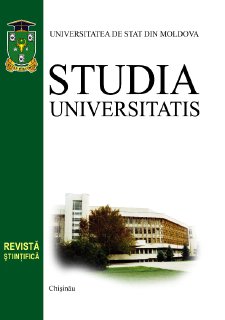MORPHOFUNCTIONAL CHARACTERISTICS OF THE GONADS IN FEMALES OF THE PONTIC SHAD ALOSA IMMACULATA IN MODERN ECOLOGICAL CONDITIONS OF THE LOWER DNISTER IN THE SPRING-SUMMER PERIOD
Nina FULGA, Denis BULAT, Dumitru BULAT, Institute of ZoologyMoldova, State University,
Abstract
Pontic shad (Alosa immaculata) is a migratory gregarious fish that spawns in the Don, Dnieper, Dniester, Danube
and other rivers. The species is of valuable commercial importance.
This work analyzes changes in the reproductive functions of the commercially valuable species of pontic shad
(Alosa immaculata) under conditions of fragmentation of the river Dniester.
Currently, the age composition, as well as the linear weight indicators of the spawning pontic shad population,
turned out to be similar to the data of previous years. Oogenesis of Dniester’s pontic shad is characterized by
asynchronous development of germ cells and portioned release of eggs. Spawning of spawners begins in the third ten
days of May, at a water temperature of 18°C and ends in July. In the lower Dniester in April and July were revealed
in some females’ destructive changes in the development of vitellogenin oocytes, which will negatively affect the
population size of migratory herring.
Keywords: Pontic shad, Lower Dniester, phases of oocyte development, portioned spawning, gonadosomatic
index (GSI), egg resorption.


